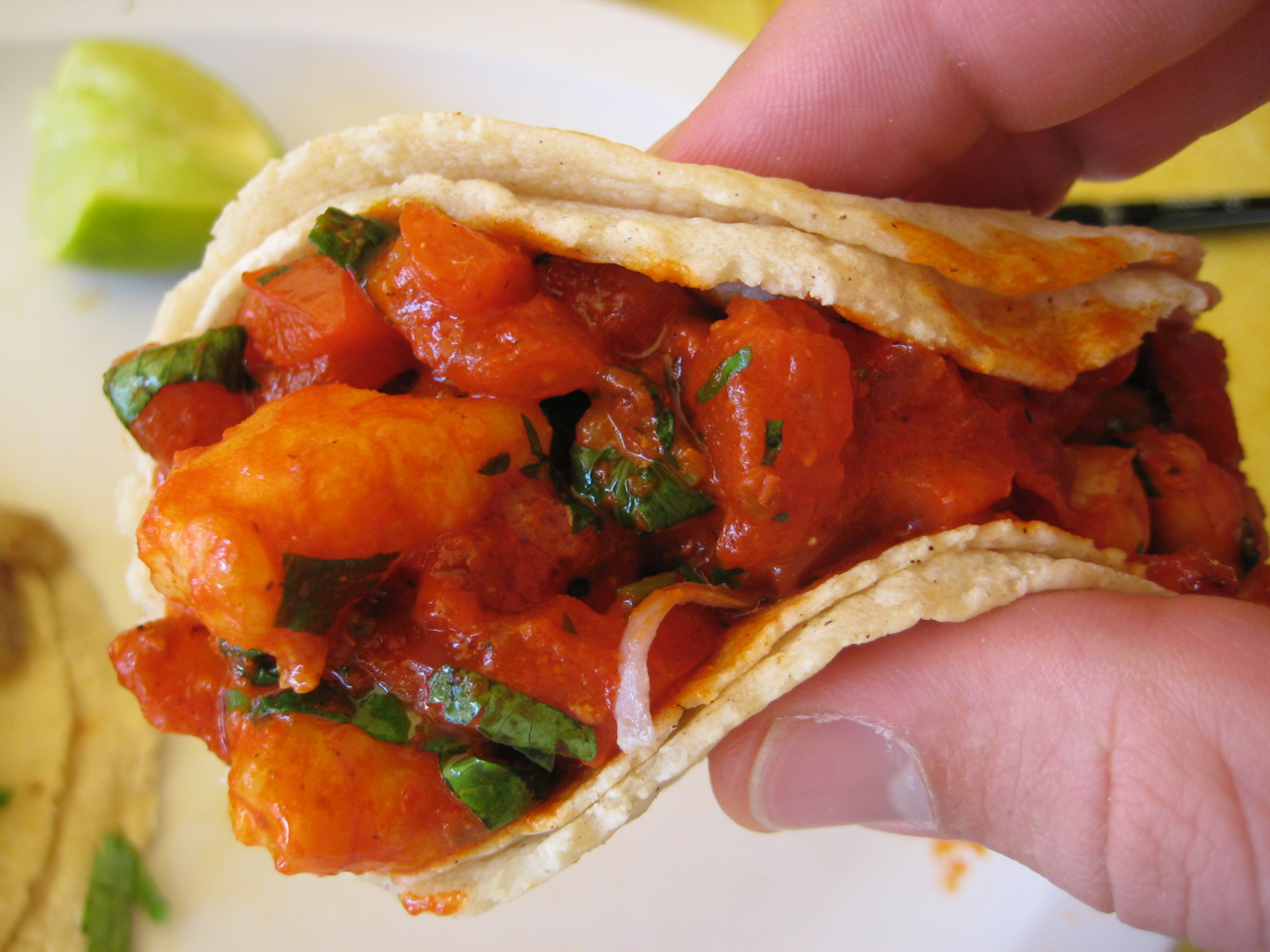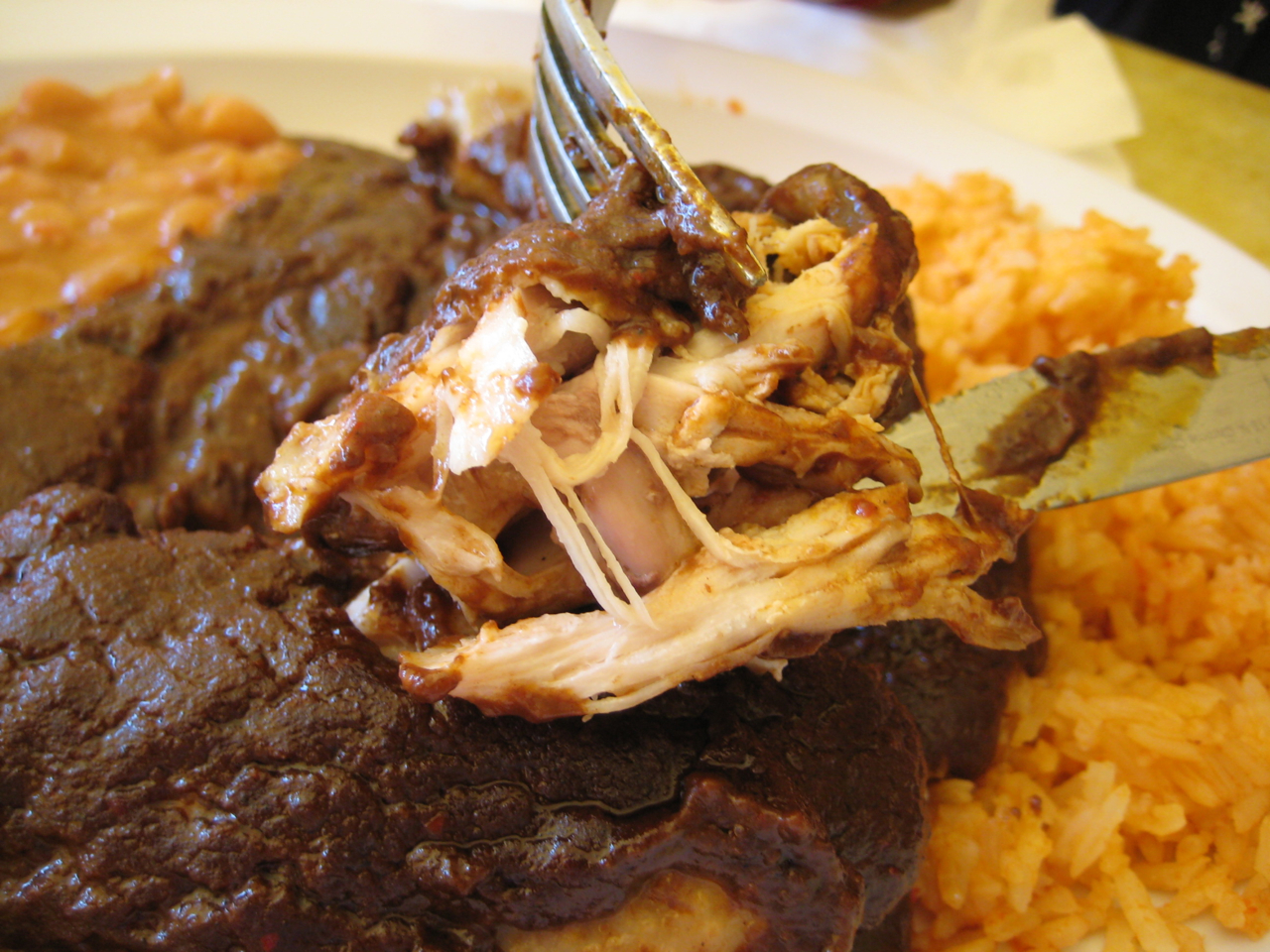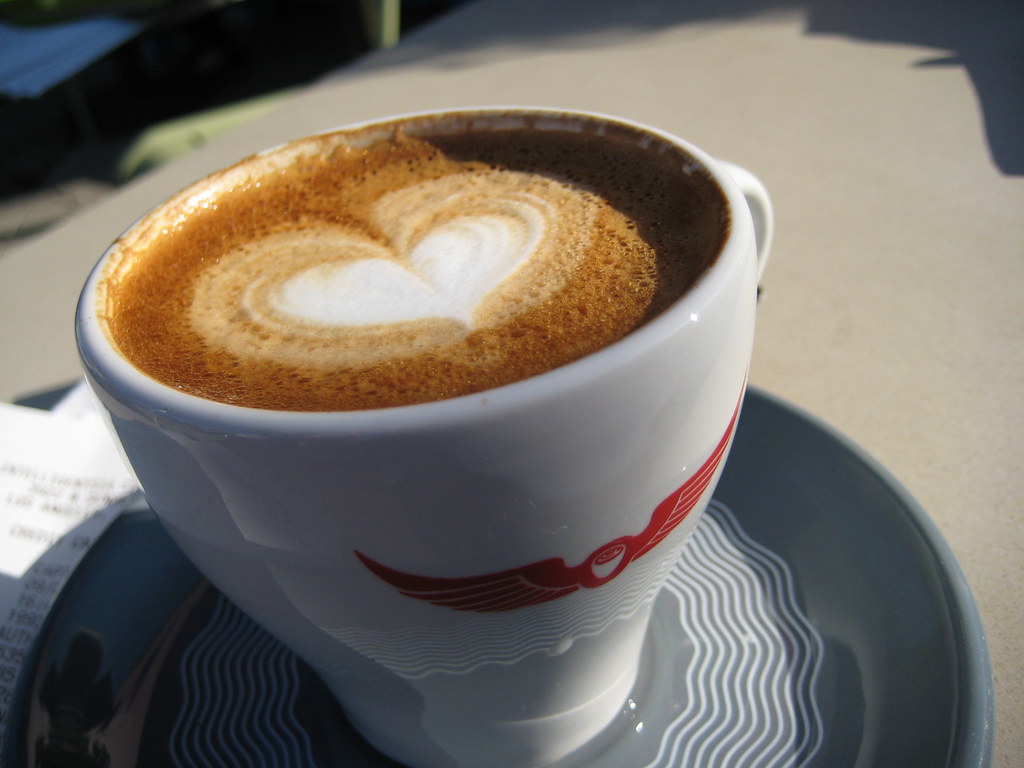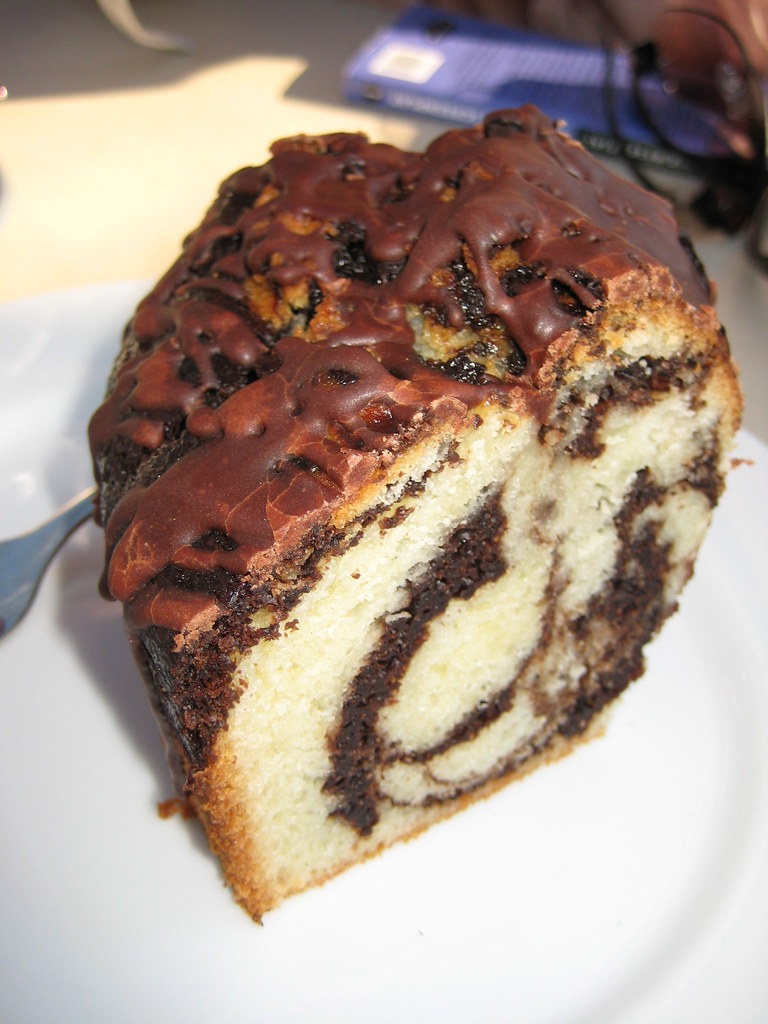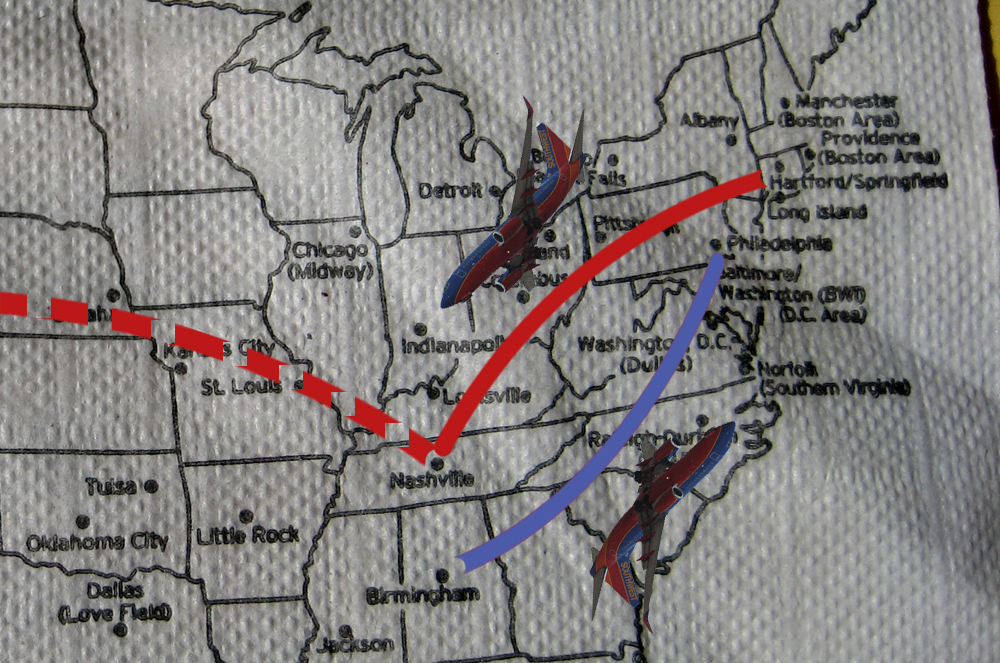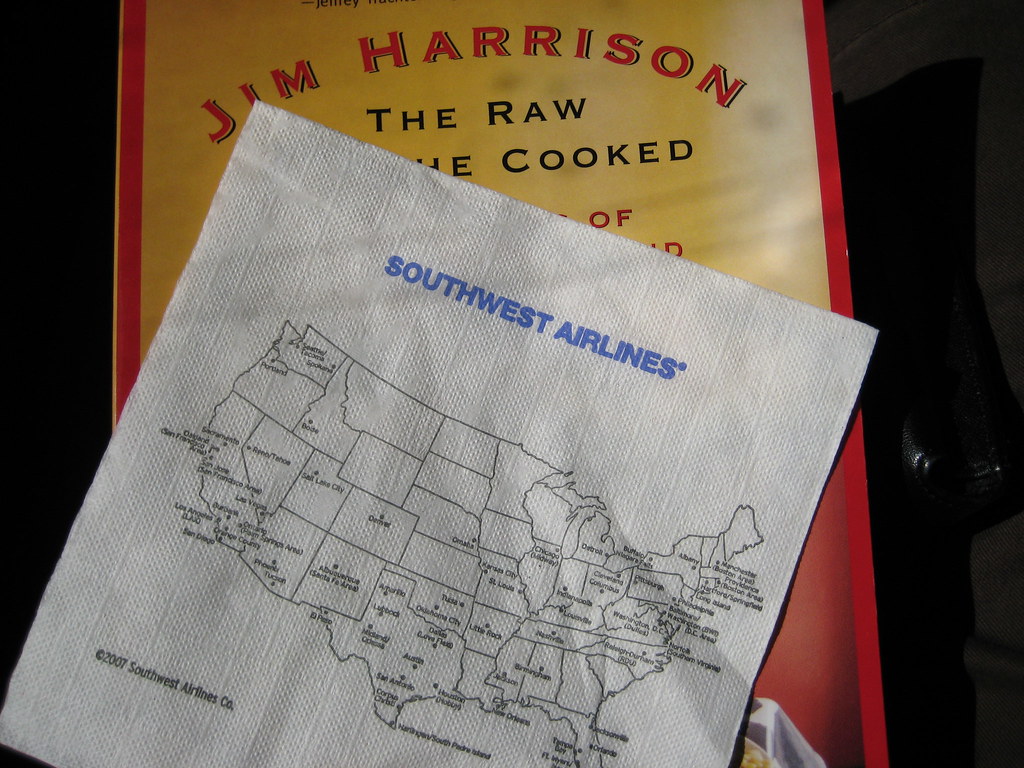 It’s been a while since I’ve posted, and I know that most of you out there in internet-land don’t notice when a fresh face arrives on the Gourmetro, but I think I’ve developed a sort of calling card around here, and I think it’s time for me to write a preface. The stuff I’ve blogged about has three things in common: it’s easy, it’s cheap, and it’s unhealthy. What I am about to go into here is neither easy, nor cheap. However, it is entertaining. And unhealthy. Fabulously unhealthy. Enjoy.
It’s been a while since I’ve posted, and I know that most of you out there in internet-land don’t notice when a fresh face arrives on the Gourmetro, but I think I’ve developed a sort of calling card around here, and I think it’s time for me to write a preface. The stuff I’ve blogged about has three things in common: it’s easy, it’s cheap, and it’s unhealthy. What I am about to go into here is neither easy, nor cheap. However, it is entertaining. And unhealthy. Fabulously unhealthy. Enjoy.
Elizabeth and I recently passed our two year anniversary, and I got exactly what I wanted. Cookbooks! Three of them, to be exact. She had me pick them out. One is interesting, but a little bit useless. One is possibly the greatest cookbook that you could own. Marcella Hazan’s Esentials of Classic Italian Cooking which YOU SHOULD HAVE ON YOUR SHELVES!! I already yelled at Skip once for not knowing who Marcella Hazan was and I’m reminding him again: Marcella is awesome. Seriously. But that’s not what I want to talk about today. What I want to talk about is Yamuna Devi’s The Art of Indian Vegetarian Cooking.
Anyone who knows me knows that I am nuts about Indian food, especially Indian appetizers. I have long dreamed to be a master of Indian cookery, and I think it’s going to be a long while before I am. I made Samosas once before while I was staying with with my buddy Burfy in Houston and we had a blast making them. This time, however, it was just me and Devi.
I should mention that I am not a cookbook aficionado. I tend to use the web for my recipes. However, I thought it was time to expand my repertoire, and this was certainly an expansion. I mention that because I have to say something about this cookbook. The biggest problem with my experience making samosas was Devi herself. She’s terribly unorganized and seems to write as though you should already know everything you need to know to make whatever dish she’s bringing you through. I’ll explain as we go.
Before we get started with the actual cooking ingredients, let me say that there are a few things you’ll need for this cooking which you might not have. A wok or karai is one. A karai is an Indian sort of pan which is kind of like a semi sphere. It’s very deep, and you need a deep frying pan for samosas. I don’t have a karai. Woks are much easier to find and I would recommend one. You also need patience. A lot of patience. Devi thinks that you should be able to get the samosas prepared in an hour, but since I work and only have a couple of hours a night, it actually took me several days to get my samosas made. You’ll also need to make a trip to a health food store or Whole Foods to get spices.
Now then, two recipes here. First is Devi’s, and second is how I faked it.
1 ½ cups unbleached white flour
¼ cup farina
½ teaspoon salt
4 tablespoons mint-lime butter or unsalted butter, softened
6 to 7 tablespoons ice water
Just to cut in for a second. I should mention, because Devi didn’t, that these are the ingredients for the crust of the samosas. I mention that because she mentions salt again in the coming ingredients, and I didn’t notice, so I used the wrong portion of salt in the crust. Like I said, she explains really badly. Anyway….
1 ½ teaspoons black mustard seeds
2 tablespoons mint-lime butter, ghee, or unsalted butter
2-3 hot green chilis, seeded and minced
½-inch ginger root, scrapped, finely minced and shredded
¼ teaspoon yellow asafetida powder
6 medium sized potatoes, boiled, diced, peeled, and cut into ¼ inch dice
1 ¼ teaspoons of garam masala or chat masala
2 teaspoons salt (SEE! RIGHT THERE!!)
1 teaspoon raw sugar
2 tablespoons chopped fresh coriander or lemon basil
flour for dusting
ghee or vegetable oil for deep frying.
So! Lots of stuff. I used too much potatoes. Also, I wound up putting the two teaspoons salt into the dough instead of the potatoes. Besides that, I couldn’t find fresh coriander, so I used powdered. Couldn’t find black mustard seed so I used yellow. Also, I had no luck finding yellow asafetida powder (also known as “hing”), I skipped the sugar, and I added in about a half jar of this Madras red curry sauce I found at Whole Foods.
The dough itself is pretty easy to make. Basically, you combine the flour, farina (I used Cream of Wheat which worked just fine) salt and butter in a mixing bowl. A note here. Mint-Lime butter is easy to make if you have a food processor. You put in your butter, some fresh mint leaves, about half a lime and just process the crap out of it. If you don’t have a food processor, that’s fine. Use regular butter, the results will be about the same. Mix up the dry ingredients and the butter by hand, and keep on just working it all together until it’s sort of like heavy bread crumbs. Then, just start adding ice water, mixing up the ingredients, and adding ice water again until it gets to be a nice hard dough. Kneed it for a few minutes, and then form into a ball, rub some oil into it, and cover it up. Keep it in a dry place until you’re ready to actually make the samosas. If you’re like me and it’s going to take you some time to actually get the samosas made, cover it up tightly and put it in the fridge or freezer. You’ll have to wait until it’s near room temperature before using it again, but it stays fine for a couple days.
For the filling, start out by heating up the mustard seeds until they are “jumping in the pan”. At least, that’s what Devi says. Really, you should start by getting your potatoes ready. See, Devi thinks that just because she lists it in the ingredients, that means she doesn’t have to remind you in the actual “this is how you cook this” to boil, peel, and chop up the potatoes. That’s something that bugged me about her. She cuts corners and it’s annoying. Her not cutting corners and perhaps mentioning the portion of salt you use in your crust instead of just saying, “add the salt” could also have saved me from my previous mistake. But she didn’t. Anyway, once your potatoes are boiled, peeled and chopped, put your mustard seed into a nice big frying pan and heat them until they start to jump. At that point, add in the green chili peppers, the ginger, the asafeita and the butter or ghee.
STOP! Do NOT use ghee! It is one of the most vile substances you will ever encounter. I’m sorry if you’re Indian and you’re offended and maybe this is just a New York Jew whose pallet is not sophisticated enough to understand, but ghee is the most disgusting thing in the universe. You say to yourself, “This is authentic, it must be good.” But it’s not. It smells awful from the moment it touches the frying pan and still smells while you’re trying desperately to get it out of the pan seconds later. The smell stayed in my kitchen for a full day and a half afterwards. I washed my hands like fifteen times because I could still smell the ghee on them. I can’t describe to you why ghee is so vile, I can only tell you that it’s gross. Use butter, use oil, use any fucking thing that isn’t god damn ghee.
Anyway, after you’ve scraped your pan free of ghee, started again and put in something rational instead, keep on cooking the mustard seeds, chili, and asafeita until the mustard seeds change color. This shouldn’t take that long, and if it seems like nothing’s changing after a minute or so, just go on to the next step. Add in the potatoes, the garam or chat masala, the salt, and the sugar. Stir fry it all for a couple minutes. It was also at this point that I added my half jar of Madras. I wasn’t originally going to use it, but without the asafeita it seemed a bit to bland and at this point, I had realized my mistake with the salt and was desperately trying to fix it. I blame Devi’s written organization skills.
Once the filling is cooked up, take it off the heat, put it to the side, and let it cool to room temperature. It was at this point that I stopped the first night. You can too. It’s fine. Wrap the potatoes and put them in the fridge if this has taken you too long. If you’re like me, the next part will take way longer than it should.
Get out a nice straight bladed knife, a rolling pin, and some flour. You’ll also want to have a bowl in front of you filled with water. Take your dough that you had previously wrapped up and roll it out into a rope about 14 inches long. Cut the dough into fourteen equal sized pieces and cover them all up with a damp paper towel or cloth. Devi suggests that you also break your potatoes into 28 equal sized pieces. It’s a decent idea, but it winds up taking a while and it isn’t really necessary. Dust your work surface with flour. This next step you’re going to do with every single one of your fourteen pieces of dough. Hopefully the dough’s a little wet, but if it isn’t, that’s ok. I wound up actually dipping every piece of dough into my bowl of water and working the water into it until it was a little sticky before working with it. Roll your piece of dough into a nice ball. After that, mash it into a little patty on the dusted work space. Then, you take your rolling pin and as well as you’re able, flatten and flatten your dough until it’s a circle, maybe six inches across. This next part's confusing, so I’ll type as slowly as possible.
Cut your circle in half. This is the dough for TWO samosas, so when you’re working with the first of your two new semi-circles of dough, don’t worry about the other half. Wet the straight line you just cut across the dough so you can turn it all into one cone of dough. You want to fold the dough in half, connecting the straight edge to itself. Make sure that the dough is smoothly connected. You want as few holes as possible in the dough. If you’re able to get through that mess of grammar, fill the cone about two thirds or maybe a touch more with potato mixture. After that, connect the wind end of the cone together using moisture, pressure, and smoothing. Put your uncooked samosa to the side.
When you’ve done that with all your potential samosas (there should be 28 of them) fill your wok at least an inch high with vegetable oil or, for the sense masochists out there, ghee, and put it at about a medium high heat. For me, it took an entire 32 oz bottle of Crisco Vegetable oil. Like I said at the top. Not cheap. I mean, it only cost like 4 bucks for the bottle, but for god sakes, I needed the entire bottle!
When the oil gets hot, just fill it up with samosas. You’ll want to turn them maybe once, but just keep them in there until they turn a nice brownish color. Then, you’ll want to drain them for a bit on paper towels. Depending on how well you combined the pieces of dough, they’ll need more or less draining.
The samosas turned out pretty well for me. They’re super greasy, just like they ought to be. The salt balance is off, but I’ve already explained that. Actually, I do think that you need more than just the half teaspoon of salt in the dough, but I think one would have been fine. Actually, they came out a little bland, but I have high hopes that with a nice tomatilla sauce on the side (I’m making one for the first time tomorrow, I’ll blog about it and how it works with the samosas later) it could make a really nice little meal.
So, what did I get out of this experience? First off, I don’t think that Devi’s cookbook is all bad, because I actually do like the samosas. I don’t think I’ll do her next recipe so haphazardly, I’ll need to write down every step for myself and see if it all makes sense first and maybe reorder what there is to do, but maybe I should learn to do that anyway. It’d certainly save me time if I want to blog about it later. But I think we should remember that cookbooks are put together, on the whole, by chefs and not by writers, and chefs may not know shit about structuring a piece of writing.
If you need a chef who’s also a writer, a friend of mine from school named Adam Roberts has just put out a book from his own food site, The Amateur Gourmet. Adam’s a good guy and I’ve used a couple of his recipes myself. But I think the biggest lesson is one that I’m only starting to learn now. If you want to experiment with Indian cooking, say goodbye to ghee, and hello to Pepto. I’m in for pink, but my left over samosas just tell me to buy more bottles.
